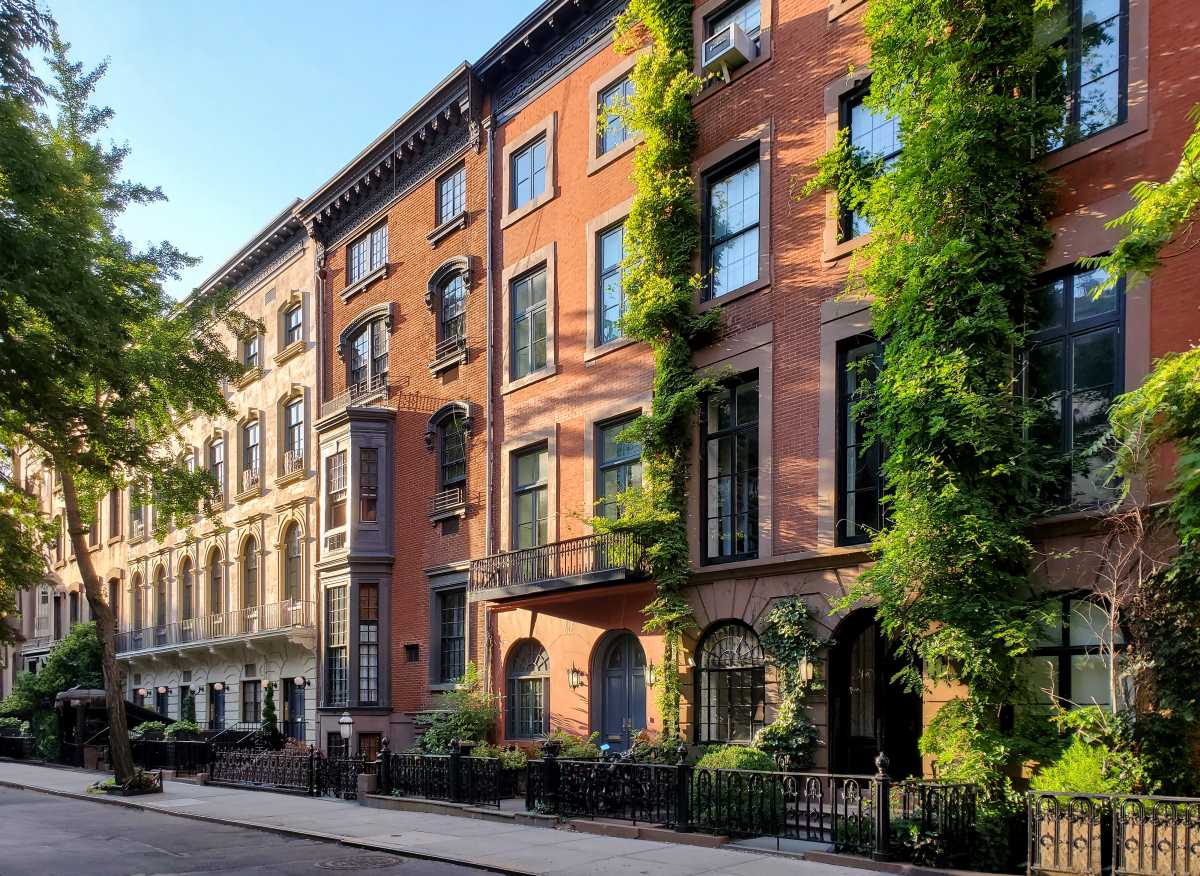
BY JACKSON CHEN | Along Park Avenue, a five star hotel’s grand façade with gilded lettering welcomes guests to their temporary Manhattan retreat. Past the two central revolving doors, the Waldorf Astoria’s radiantly illuminated Main Lobby serves as a lavish gathering place for hotel patrons, event attendees, and tourists.
But as a result of discussions largely kept in the dark, the future of the hotel’s stately interior spaces is being weighed by its new owner and the city’s Landmarks Preservation Commission (LPC).
The famed hotel that opened in 1931 was purchased in 2014 by a Chinese company, Anbang Insurance Group, for $1.95 billion. After the colossal transaction, preservationists kept a careful eye on Anbang’s intentions regarding the storied Waldorf Astoria. While the art deco-style hotel exterior was landmarked in 1993, the question now focused on the similarly-styled interiors that are without landmark protection.
And in June, reports of gut renovations planned for the Waldorf’s interior spaces and its 1,413 hotel rooms confirmed the fears of many preservationists. Anbang was prepared to begin three years of construction work that would eventually convert the space into far fewer hotel rooms, with condos taking the place of many.
According to the Art Deco Society of New York, the news served as their wake-up call, with preservation groups mobilizing and raising awareness of the threat to the historic hotel.

“A lot of people parallel the opening of the new Waldorf Astoria to New York’s development as a global center,” Meghan Weatherby, the director of operations for the Art Deco Society, said. “It’s a melding of different cultures of the world, and it was really coming to the forefront of design and the political world.”
Many preservationist groups have their own ideas about which parts of the hotel’s interior should be landmarked. For the Art Deco Society, Weatherby explained, the priorities are the Main Lobby at Park Avenue and the Grand Ballroom.
“The Park Avenue Lobby and the Grand Ballroom are the two most important interior spaces just because they are the most overtly art deco,” she said. “While other spaces have deco elements, those two pretty much exemplify deco to a T.”
Other preservation groups point to the Peacock Alley that immediately follows the Main Lobby as a visitor enters from Park Avenue. With a regal clock in the center and a restaurant/ bar to its side, the space offers patrons a more intimate setting — one many eagerly flock to.

JACKSON CHEN
In letters to the LPC, the New York Landmarks Conservancy focused on the “streamlined marble and limestone, gorgeous mosaics, artistic bronze work, and elegant plasterwork,” while the Historic Districts Council noted areas like the 18th floor Starlight Roof and the third floor Astor, Jade, and Basildon Rooms.
“It is one of the last remaining grand hotel interiors in New York City,” Simeon Bankoff, executive director of the Historic Districts Council, said. “The interiors are these beautifully designed places with a great deal of cultural history that are really gifts to all of New York City.”
According to the LPC rules, interior spaces considered for landmarking must be at least 30 years old and have a “special character or special historical or aesthetic interest or value” in relation to the city, the state, or the nation’s history. Most interior landmarking efforts fall short because they are unable to meet the criterion that they are “customarily open or accessible to the public.”
Fortunately for Bankoff and his colleagues, the areas in the Waldorf ripe for landmarking are open to the public and easily fulfill other LPC criteria.

Through its 85-year history, the Waldorf cemented its reputation as a luxury hotel and was frequented by US presidents, foreign dignitaries, and members of royal families throughout the world. The hotel’s celebrity guest list has also included marquee names from Muhammad Ali to Frank Sinatra and Marilyn Monroe.
To lend its voice to the conversation about preserving the Waldorf’s interior, Community Board 5’s Landmarks Committee recently compiled a 42-page report that nominates many of the hotel’s notable public rooms to be landmarked. Committee members Sam Levy and Tony Testa emphasized that even public spaces where alterations have occurred over the years merit protection. Their recommendations included the Main Lobby and adjacent spaces, including the Empire and the Vanderbilt Rooms, both of which have undergone heavy alterations.
According to the chair of the Landmarks Committee, Layla Law-Gisiko, members of the committee met with representatives from Anbang who expressed their willingness to work with the LPC in preserving the interiors.
Anbang said in a statement that the company is cooperating with the LPC to find an outcome that allows the Waldorf Astoria to thrive for the next century. The company added it would publicly release renovation plans “that will respect the Waldorf’s extraordinary history while bringing the property into the 21st century as an exceptional hotel and event destination for future generations to enjoy” once the work with the LPC is completed.
“The Waldorf Astoria is one of the world’s remarkable buildings, and Anbang takes seriously its responsibility to be a good steward of this treasure,” the insurance company said in a statement. “A major reason we bought the hotel is that it is a landmark and an icon, with history and beautiful irreplaceable features.”
However, preservationists remain very skeptical and said they’re continuing their efforts at raising awareness as they wait for some solid evidence that suitable protections for appropriate public spaces have been put in place.
“Until somebody comes out with a strong statement or releases the plans, we are going to move forward with the idea that the guidance and supervision of the LPC is integral to protecting the historic interiors of the Waldorf Astoria,” Bankoff said.



























